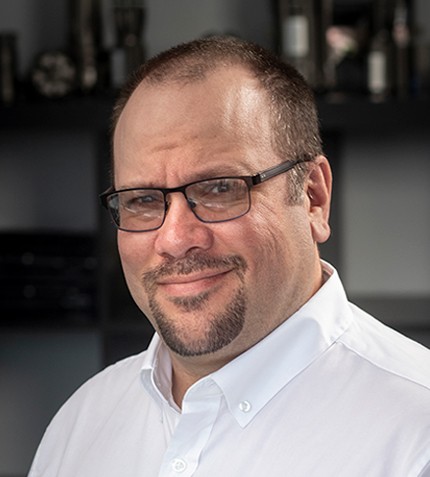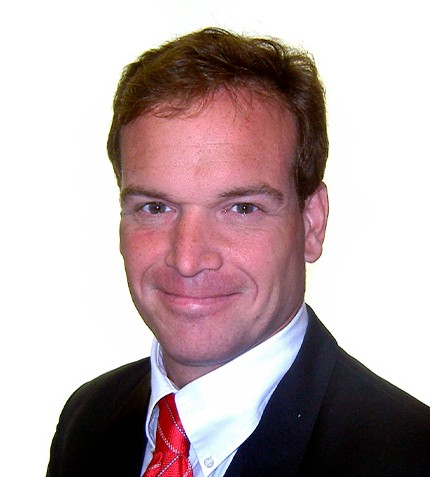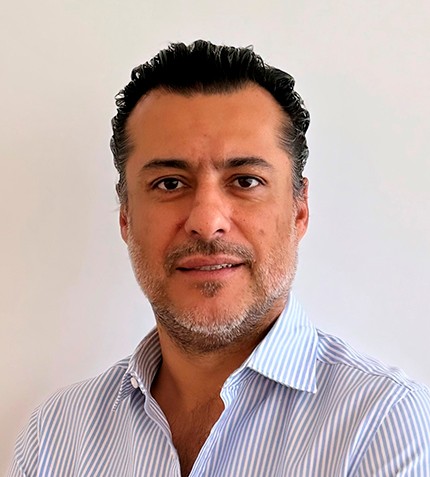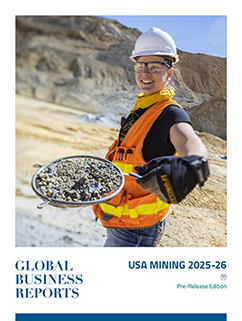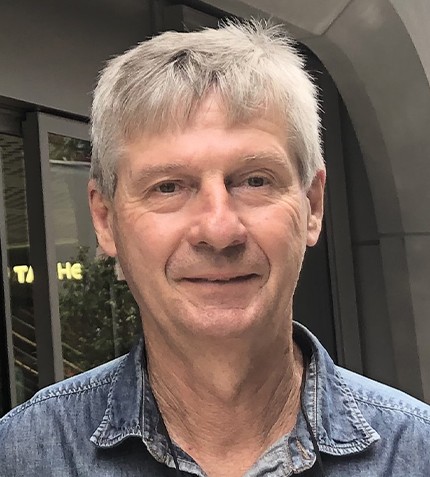
"Brazil has the geology to be a leader in the future of critical minerals, but we do have some hurdles to overcome."
Roberto Xavier
EXECUTIVE DIRECTOR, ADIMB
How does ADIMB serve the Brazilian mining sector?
The Agency for the Development and Innovation of the Brazilian Mining Sector – ADIMB - is a non-profit association of private companies, service suppliers, associations, and institutions related to the mining sector in Brazil. Within the government, our members include the Ministry of Mines and Energy, the National Mining Agency, and the Ministry of Science, Technology, and Innovation. We have approximately forty members, and our main role as one of the entities that represent the Brazilian mining sector is to provide a technical and scientific support to the upstream and midstream segments of a mineral project’s lifecycle. We are involved in the improvement of the geological framework and mineral endowment of mineral provinces or districts in Brazil. This is essential to improve exploration targeting at lower risks.
We fulfill this mission by, first, forging collaborative research, development and innovation projects, partnering the mining companies with universities and government. Second, we provide human resources training and events at the national and international scale that translate into networking opportunities between industry, academia, and government. Collectively, these activities have the purpose of boosting the Brazilian mining sector.
Can you elaborate on the collaborative research ADIMB supports?
The collaborative research projects are generally funded by the private sector of the mining industry. The first step in this model is to identify the company’s demands in terms of geological knowledge and technological need. We then seek research groups at universities with skills and infrastructure to attend to these demands through a research project. Once the research has been approved in terms of budget, objectives, deliverables, confidentiality, schedule, and so on, ADIMB becomes the primary project manager. We currently have four ongoing collaborative projects on copper and rare earths. These projects are important for the identification of regional and deposit-scale footprints, which can lead to a better efficiency in the assessment of greenfield or brownfield exploration targets. These projects can also contribute to the development and testing of new, innovative methods applied to mineral exploration.
What is your perspective on the lack of talented workforce?
The mining industry struggles from a lack of qualified professionals, and it has been continuously more challenging to recruit young talent. At the universities we have observed a decrease in enrollments and graduation in earth science and geology programs, which affects recruitment for the mining industry.
There is no silver bullet for solving this issue. The government should also consider using mining royalties as subsidies for these research, development, and innovation programs.
What challenges are the mining industry facing?
There was a recent study carried out by the Geological Survey of Brazil, showing a positive picture of the country’s geological potential for critical metals. Nevertheless, this potential is still under-utilized and under-explored because the geological mapping of 75% of the Brazilian territory exists at scales (1:250.000 - 1:100.000) still incompatible for what is required for more efficient mineral exploration. At these scales, you see large geological units but not details that could lead to a better assessment of the potential for critical minerals in Brazil. The Geological Survey of Brazil is doing a superb job and every year more geological maps at scales more compatible with mineral exploration have been produced in important mineral provinces.
Another challenge is environmental licensing. The process is complex and time consuming. There is also a high tax burden, and a complex regulatory framework. Brazil has the geology to be a leader in the future of critical minerals, but we do have some hurdles to overcome.
What major events does ADIMB have forthcoming?
One of the major networking events ADIMB organizes at the national scale is the biannual Brazilian Symposium on Mineral Exploration (SIMEXMIN). This event attracts around 1,300 professionals from the mining sector, and we are now at the 11th version of this event. It is designed to foster an environment of interaction between industry professionals, university researchers, and the government sectors.
At the international level, since 2004 we have been in charge of the organization of the Brazilian delegation and the Brazilian mining day seminar at the PDAC. We are in Toronto every year bringing the Brazilian delegation composed of core government personnel and CEOs from mineral exploration and mining companies that are currently in operation in Brazil.




